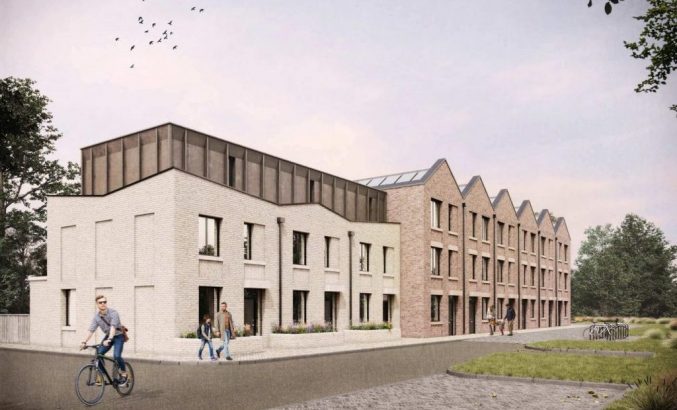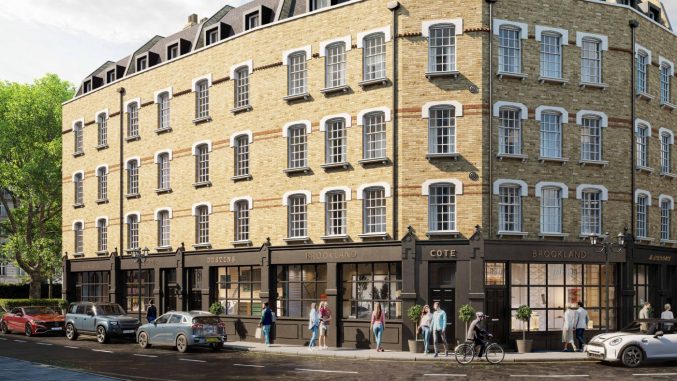What does 2021 have in store for the Prime Central London market?
By Alpa Bhakta

To say that 2020 was an unprecedented year would be an understatement. The coronavirus pandemic, and subsequent nation-wide lockdowns, had an impact on the UK’s economy unlike anything seen in recent history.
No sector was immune to the pandemic, with some more adversely affected than others. This was particularly true for the residential and commercial property sectors.
Looking back 12 months, the real estate market was in a strong position at the beginning of 2020.
After four years of house price stagnation due to Brexit turmoil, Q1 2020 saw the biggest Q1 surge in house price growth since 2002 according to Rightmove house price index figures.
However, this surge was short lived, as the first UK lockdown imposed on 23 March effectively froze the UK’s housing market and made completing on transactions next to impossible for buyers and sellers alike.
The UK government soon realised the level of economic activity a bustling housing market could bring to the British economy; in turn helping to bring about a post-COVID economic recovery.
As such, shortly after the first UK lockdown ended, the UK government implemented a Stamp Duty Land Tax (SDLT) holiday on 8 July.
This quickly facilitated the largest sustained rise in house price growth since 2015, before the 2016 EU referendum. What interests me, though, is how this has all affected what is potentially the crown jewel of the UK’s real estate market: the prime central London (PCL) property sector.
Of course, at present, London is the centre of the UK’s new rise in COVID-19 cases. As such, it’s unlikely that we will be entering 2021 seeing a huge number of PCL transactions being completed on.
However, primarily due to two planned changes to the state of SDLT, I believe that we will witness a new flurry of activity in the PCL residential real estate market in H1 2021.
Stamping out the obstacles
As mentioned above, on 8 July the UK government introduced, and implemented, an SDLT holiday for all property purchases below £500,000.
This meant that, for the first £500,000 of any property purchased in the UK, buyers could save up to £15,000.
But now that we’re nearing the end of the SDLT holiday, which is due to expire on 31 March, we could see a spike in the number of property transactions taking place across the UK.
Prospective buyers will be eager to complete transactions before this key date, lest they be burdened with an additional, avoidable, £15,000 of tax on their property acquisition.
This is particularly important for the PCL property market, though; as the end of the SDLT holiday comes a day before another change to SDLT, one of crucial importance to the PCL market: the 2% overseas buyer surcharge.
Given how foreign buyers make up such a large percentage of all PCL property sales, comprising 41% of PCL buyers between January and November last year, this tax will undoubtedly affect the level of property investment that flows into the UK capital.
Of course, after 1 April, the end of the SDLT holiday and imposition of a 2% international buyers’ surcharge may facilitate a slight slowdown in PCL property price growth and transactional activity figures.
Property industry professionals shouldn’t worry though, as such as period of respite will allow lenders and estate agents to better adjust for the post-COVID era; ready to return to a burgeoning PCL property market more prepared than ever.
Brexiting
Now that the UK has left the EU with a deal firmly in place, property commentators are keenly watching how Brexit will affect the level of investment flowing into the PCL real estate market.
At the moment, it is difficult to tell. While a withdrawal agreement is in place, there are still questions that need to be addressed, particularly when it comes to investment.
It’s possible that any further Sterling fluctuations as a result of new Brexit complications, including the end of the ”light-touch” approach that’s been implemented at the Calais-Dover border so far, could actually benefit international buyers.
Knight Frank has written previously about the potential discounts overseas buyers could access if they can leverage their own currency against a temporarily devalued pound.
Looking ahead, then, I see no reason to be pessimistic about the PCL property market.
In fact, according to numerous PCL estate agent projections, we could potentially see some impressive PCL house price growth throughout the 2020s.
Knight Frank’s 2021 property forecast predicts PCL property prices rising by 4% in the next 12 months, and Savills’ forecasts a growth of 12.7% by 2024.
I’m keen to find out whether these forecasts hold true. After such an eventful year as 2020, I’m sure we could all look forward to some predictable and consistent house price growth in the near future.

Alpa Bhakta is the CEO of Butterfield Mortgages Limited. Part of the Butterfield Group and a subsidiary of The Bank of N.T. Butterfield & Son Limited. Butterfield Mortgages Limited is a London-based prime property mortgage provider with a particular focus on the needs of UK and international HNWIs










You must be logged in to post a comment.